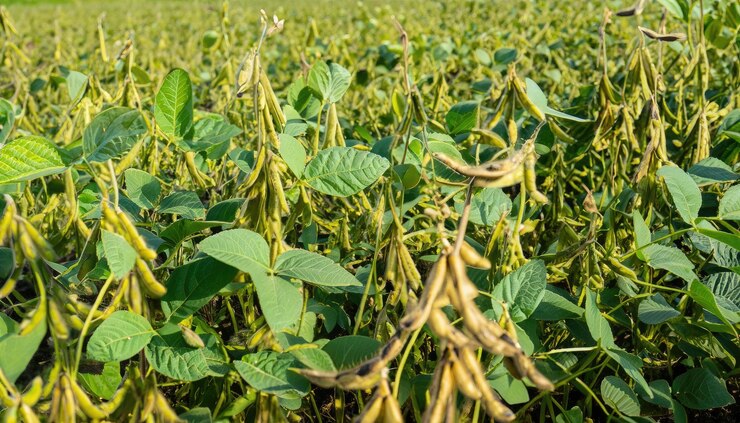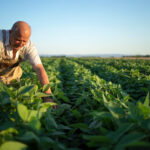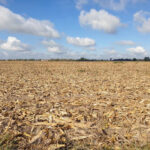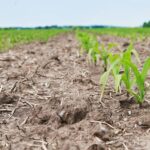Farming in low-rainfall regions presents unique challenges, but it’s far from impossible. With the right crop selection and smart management practices, dryland farming can be productive and sustainable. Choosing drought-tolerant crops that are adapted to arid and semi-arid conditions is key to maximizing yield and preserving soil health, especially as climate change continues to alter rainfall patterns around the world.
When rainfall is limited, water-efficient crops become essential. These crops are not only resilient but often require fewer inputs, making them ideal for farmers seeking sustainability and cost-effectiveness. Whether you’re farming in a dry part of South Africa, the Sahel, southwestern United States, or any other semi-arid region, these crops offer strong potential.
Sorghum is one of the most reliable crops for low-rainfall areas. Originally from Africa, it’s highly drought-resistant and capable of growing in poor soils. Sorghum matures quickly, needs less water than maize, and can be used for food, animal feed, and brewing. It’s a staple in many dryland areas and continues to be a top choice for resilient farming.
Millets, including pearl millet and finger millet, are another excellent option. These small grains are well-suited to hot, dry climates and can thrive on marginal soils. Millets are not only nutritious—rich in iron, fiber, and protein—but they also require very little water, making them ideal for food security in arid regions.
Cowpeas (black-eyed peas) are a legume crop valued for their drought resistance and soil-enriching properties. They fix nitrogen in the soil, reducing the need for synthetic fertilizers. Cowpeas grow quickly, offer high-protein yields, and can be harvested multiple times. They are well-suited to intercropping systems and can thrive even in areas with rainfall below 500 mm annually.
Pigeon peas are another hardy legume that performs well in dry environments. With deep roots that access moisture far below the soil surface, pigeon peas can survive drought periods and continue to produce. The plant also improves soil fertility and provides food, fodder, and firewood.
Sunflowers are not only profitable but also relatively drought-tolerant once established. They can grow in semi-arid regions with annual rainfall as low as 400 mm. Sunflowers have a deep root system that allows them to access moisture from deeper soil layers. Their seeds are used for oil, snack foods, and animal feed, offering multiple revenue streams for farmers.
Cassava, although more common in tropical regions, can be grown successfully in dry areas if managed correctly. It is one of the most drought-tolerant root crops, surviving where other staple crops fail. Once established, cassava can withstand long dry spells and still produce good yields of carbohydrate-rich tubers.
Tepary beans, a lesser-known legume originally cultivated by Indigenous peoples in the American Southwest, are incredibly drought-hardy. These beans require less water than common beans and grow well in sandy or rocky soils. Their high protein content and short growing season make them an efficient choice for arid farming.
Opuntia cactus (prickly pear) is gaining attention as both a food and forage crop for extremely dry areas. It requires minimal water, is easy to propagate, and can be used for fruit, animal feed, or soil erosion control. The cactus pads and fruit are edible, and the plant helps retain soil moisture by acting as a natural mulch.
Quinoa, although traditionally grown in the Andes, is adaptable to dry conditions with proper care. It has a short growing cycle and tolerates saline and marginal soils, making it suitable for dryland areas experimenting with alternative, high-value crops.
Selecting crops that thrive in low-rainfall regions allows farmers to maintain productivity while conserving water and improving long-term sustainability. Integrating drought-resistant crops into farming systems not only secures food supply but also builds resilience against climate variability. Combining smart crop choices with conservation farming practices, rainwater harvesting, and organic mulching can significantly enhance success in dryland agriculture. By working with nature rather than against it, farmers in low-rainfall regions can create thriving, efficient farms even in the harshest climates.







